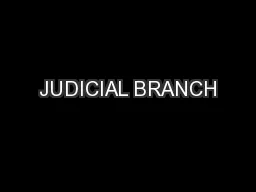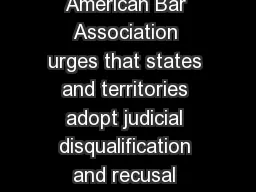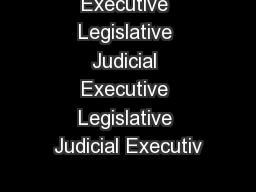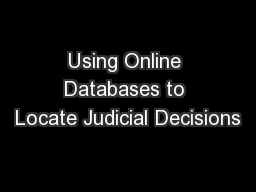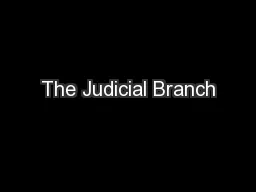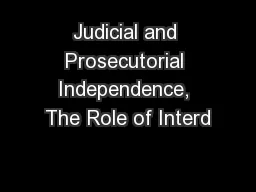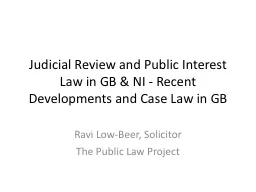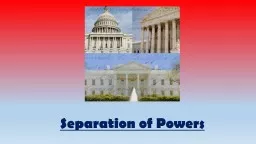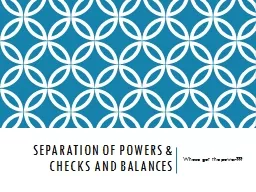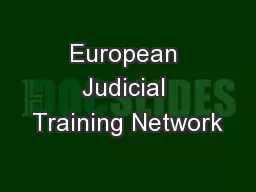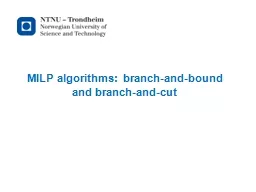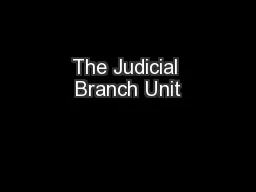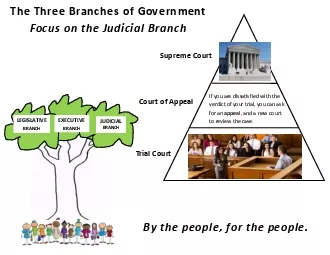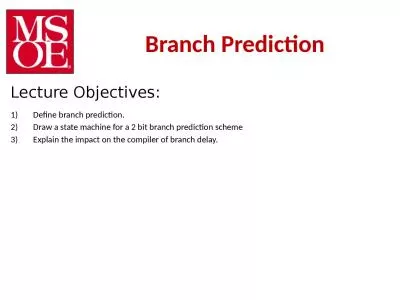PPT-JUDICIAL BRANCH
Author : debby-jeon | Published Date : 2016-11-08
Interprets laws and the Constitution and hears cases ARTICLE III The judicial Power of the United States shall be vested in one Supreme Court and in such inferior
Presentation Embed Code
Download Presentation
Download Presentation The PPT/PDF document "JUDICIAL BRANCH" is the property of its rightful owner. Permission is granted to download and print the materials on this website for personal, non-commercial use only, and to display it on your personal computer provided you do not modify the materials and that you retain all copyright notices contained in the materials. By downloading content from our website, you accept the terms of this agreement.
JUDICIAL BRANCH: Transcript
Download Rules Of Document
"JUDICIAL BRANCH"The content belongs to its owner. You may download and print it for personal use, without modification, and keep all copyright notices. By downloading, you agree to these terms.
Related Documents

